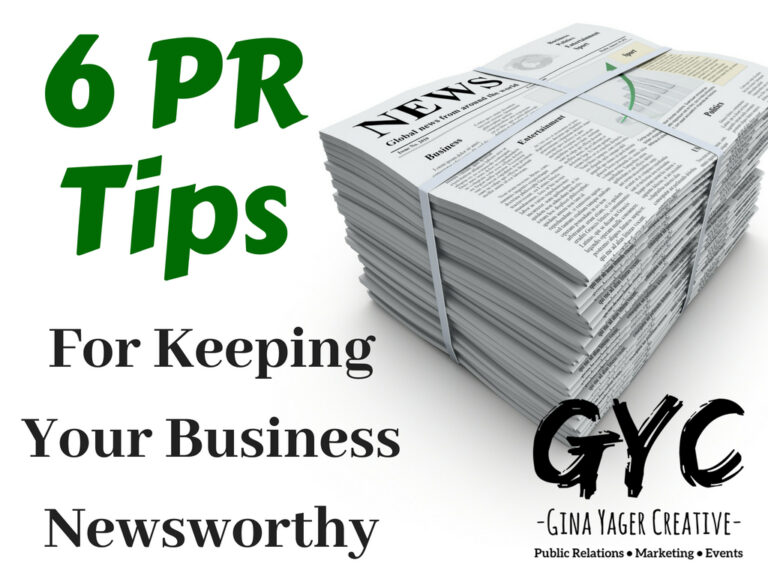Public relations and the media have a love-hate relationship. On the one hand, reporters get overwhelmed by press releases and phone calls from businesses wanting their attention. Although they may dread sifting through the non-news, they also need business contacts to contribute to articles, broadcasts or other projects they are working on.
As a business, it’s important to build good relationships with the media, while continuing to share newsworthy information. Here are some tips to do just that:
1. Make sure someone cares.
Before you write a news release or send an email pitch, make sure you have newsworthy information. If you are promoting a new item, an interesting service or a unique solution to a business problem, your industry and the reporters who cover it will be interested. If you are trying to fluff up company details that no one cares about, you’re wasting everyone’s time.
2. Don’t use the shotgun approach.
More is not always better in a media relations campaign. Target specific editorial contacts by selecting the appropriate trade publications, niche blog writers, or specific beat writers at major consumer publications who cover the topics that fit with your news angle.
3. Be relevant.
Consider what’s going on in the industry overall and make your news relevant to the larger issues. If an annual industry event is scheduled, find a way to tap into this year’s siteskin. If a competitor made a major announcement, be another voice in the conversation. If a world event is related to your business, find a unique angle to become a tangential special interest story.
4. Form long-term relationships.
If there are key reporters who follow your company or industry, get to know them over time. Invite them to meet key executives at industry trade shows or events. Offer exclusive opportunities to select reporters. By forming relationships, your company can be one of the first that the reporter calls when a big story in a related area needs an extra quote or two. Get the media to come to you.
5. Share the problems and solutions your company addresses.
Understand your business’s products and services and what customer problems they are designed to solve. Develop relationships with customers to form case studies and testimonials that can be parlayed into interesting articles.
6. Keep language clear and simple.
Unless you are pitching stories to a highly technical media outlet, be sure that you communicate in clear and concise language. Avoid jargon, industry terms, and acronyms that cause the average person to click delete. If your story is interesting and easy to understand, it’s more likely to get noticed.
For more help with public relations in Las Vegas, contact GYC Vegas. This Las Vegas public relations firm has worked with entrepreneurs, mid-sized business and major corporations in a variety of industries.

